When it comes to air plant care, the most common questions and concerns we receive are regarding watering techniques and routines. While it is hard to pinpoint the exact method needed for any given plant in any given environment, some factors can be considered to make sure your air plants stay properly hydrated. Lucky for us tilly lovers, the air plants have a way of showing us when they are thirsty, providing us with the opportunity to soak them before it's too late! In this blog, we’ll discuss the physical characteristics of hydrated and dehydrated air plants but before we dive into care tips, let's review the basic nature of Tillandsia to fully understand their watering needs.
Looking for more basic care informations? Check out our primary Air Plant Care page.
MESIC VS XERIC
In general, air plants are categorized by which climate and environment they are from. Mesic plants with soft, bright green leaves will require less sunlight, and more moisture, and can thrive in cooler environments like rainforest canopies. Xeric plants, on the other hand, will have grayer and stiffer leaves, often abundant in trichomes, and prefer more light and warmer conditions. In the wild, these types of plants can be found in desert or mountainous areas. Mesic versus Xeric conditions are not always black and white for Tillandsia species, however, as there is environmental overlap and the plants are very adaptable and forgiving! Don’t stress too much about mimicking these exact environments for your air plants but use this information as a rule of thumb while planning their display locations and care routines.SIGNS OF DEHYDRATION

SAVING YOUR PLANT FROM DEHYDRATION

Ready to rehydrate? Start by giving your tilly a good soak. Fully submerge the plant in room-temperature water for at least 30 minutes, giving the leaves plenty of time to absorb the water and nutrients. Once removed from its bath, gently shake the excess water and lay the air plant upside down or on its side on a towel or drying rack, allowing a few hours for it to dry completely. Be sure to provide adequate air circulation during this step as stagnant air can lead to rot, fungus, or mold. While air plants are overall hardy and drought tolerant, don’t push them to the point of suffering, and be sure to water them frequently, especially in warmer or drier locations! Weekly soaks or thorough rinses along with supplemental mistings in between will keep your plant with happy and hydrated leaves. For optimal health, try a monthly dose of our Ready-to-Use Air Plant Food, specially formulated for Tillandsia!
Still having trouble keeping your Tillandsia healthy? Read through our What’s Killing My Air Plants? blog to learn about other factors to be considered when caring for an air plant.


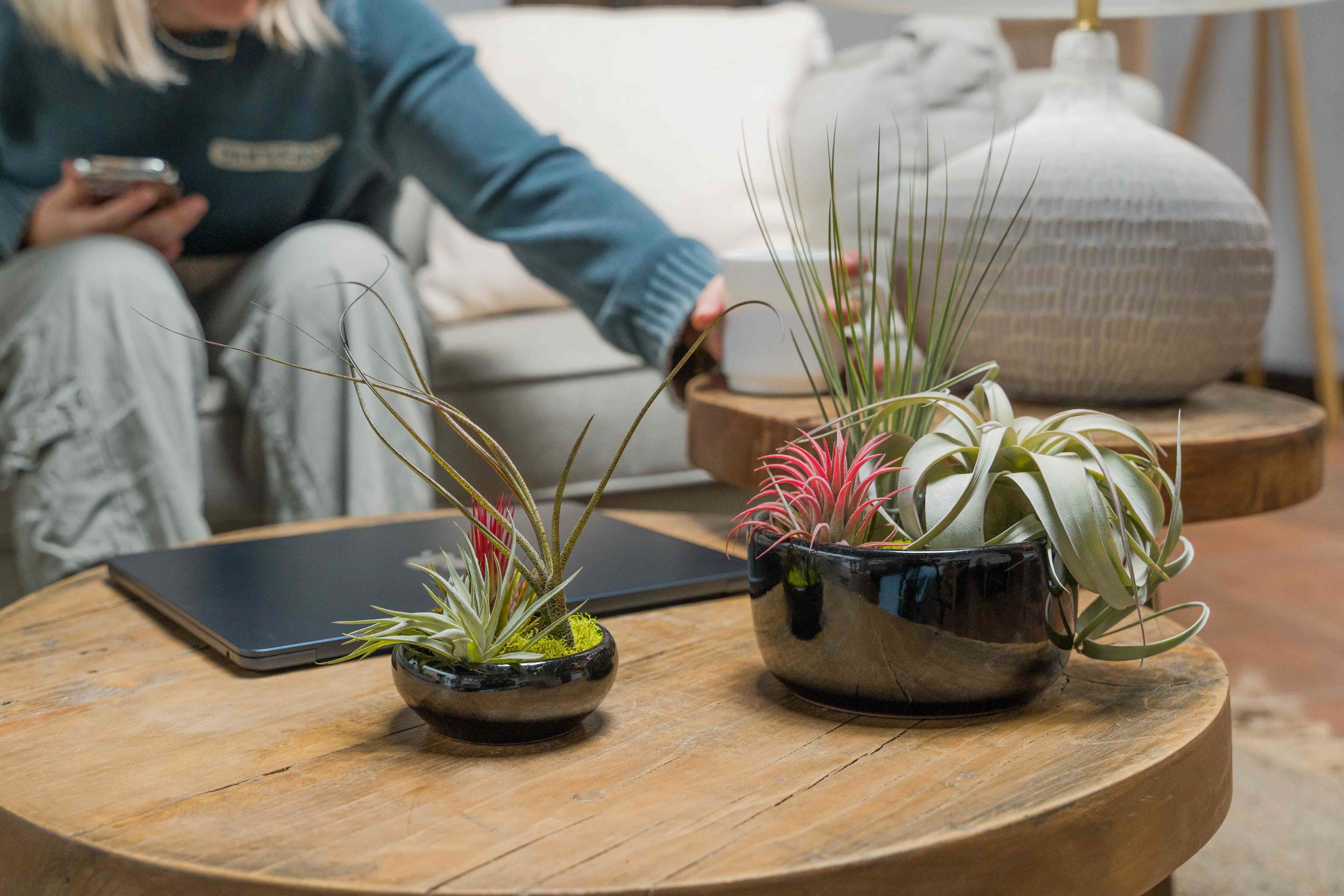
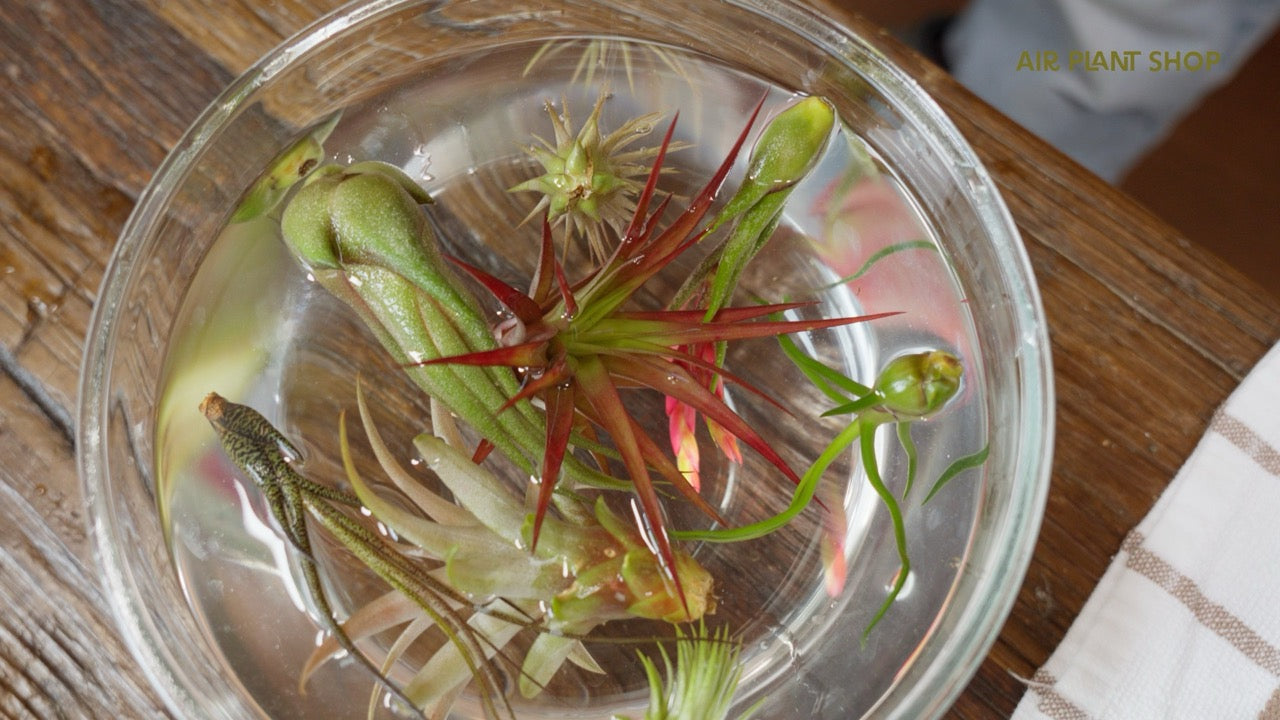

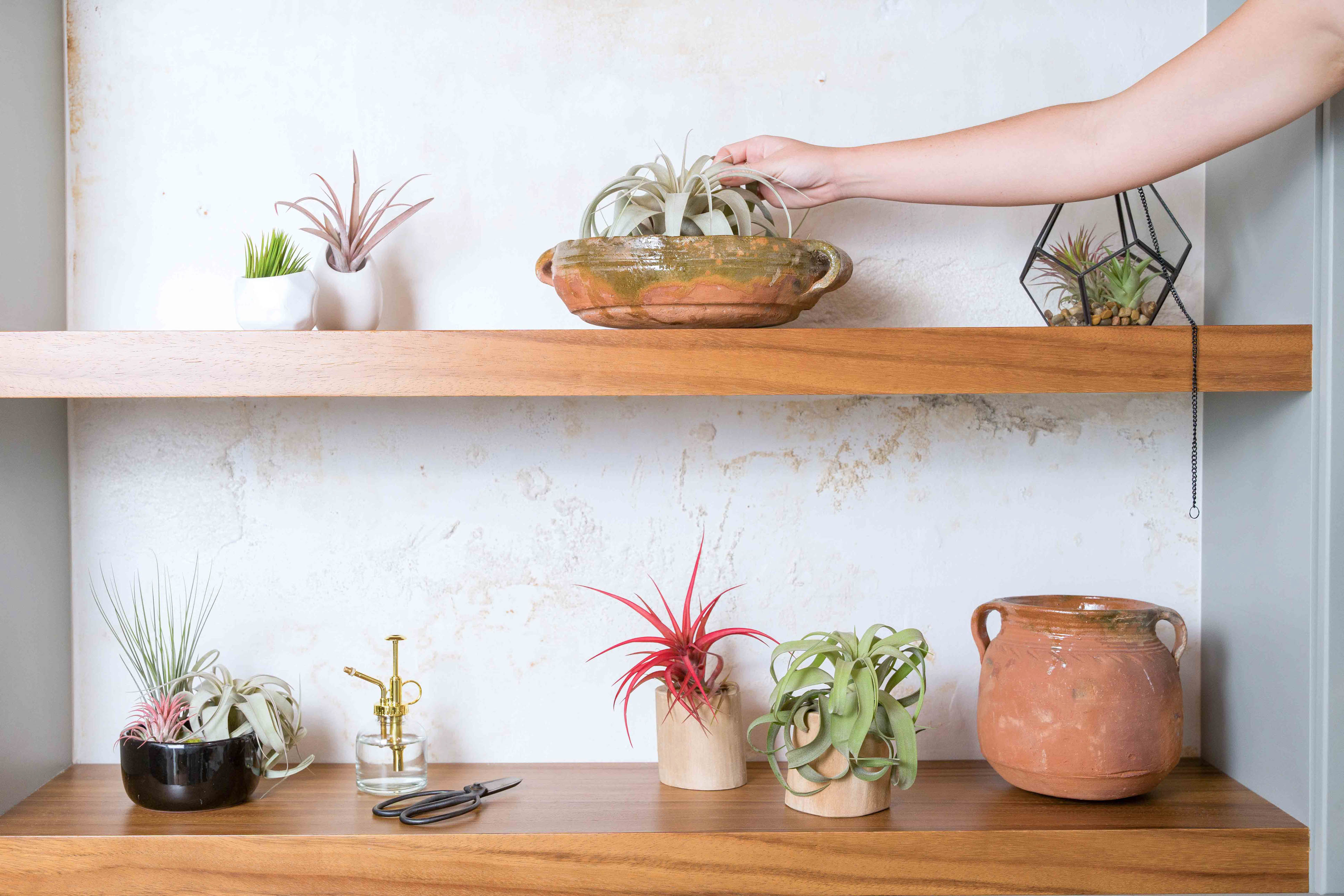
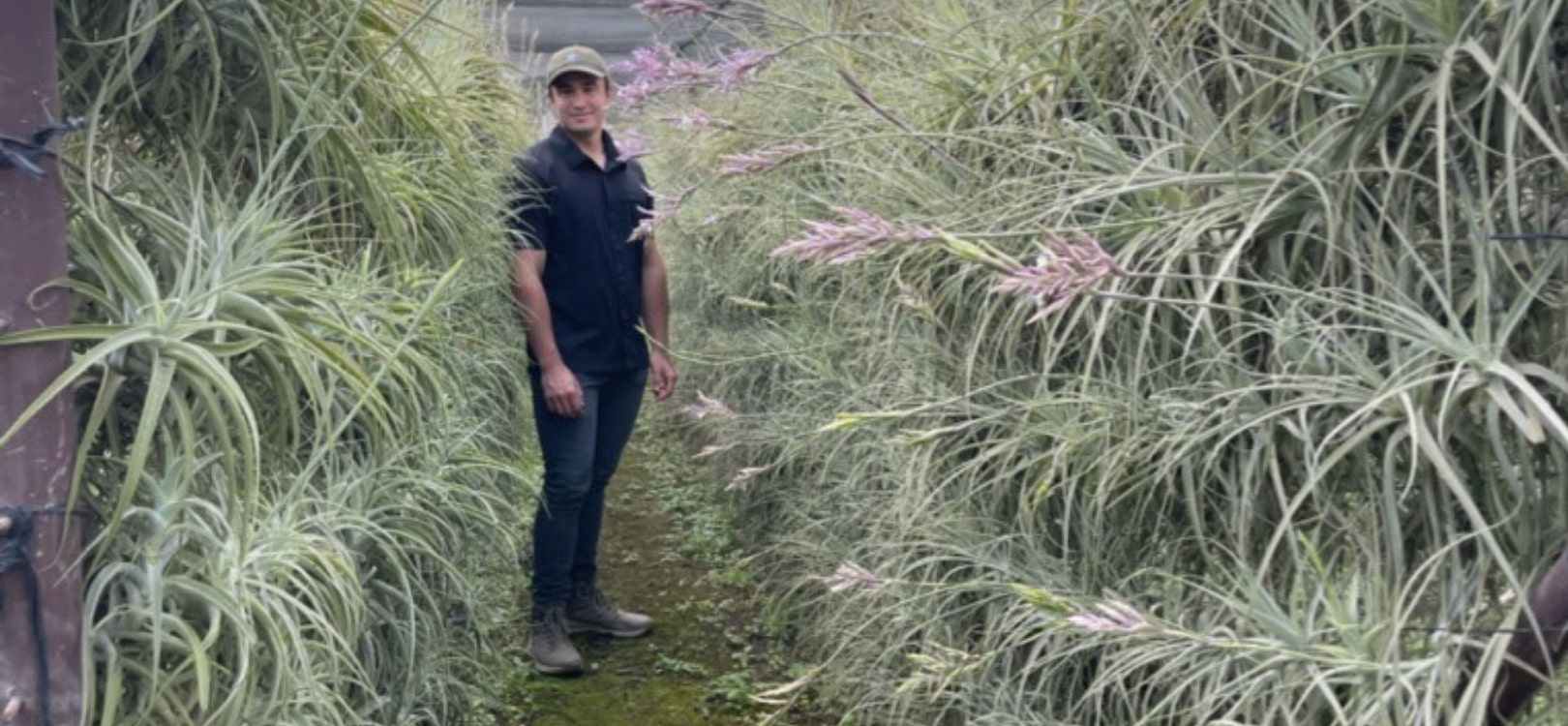
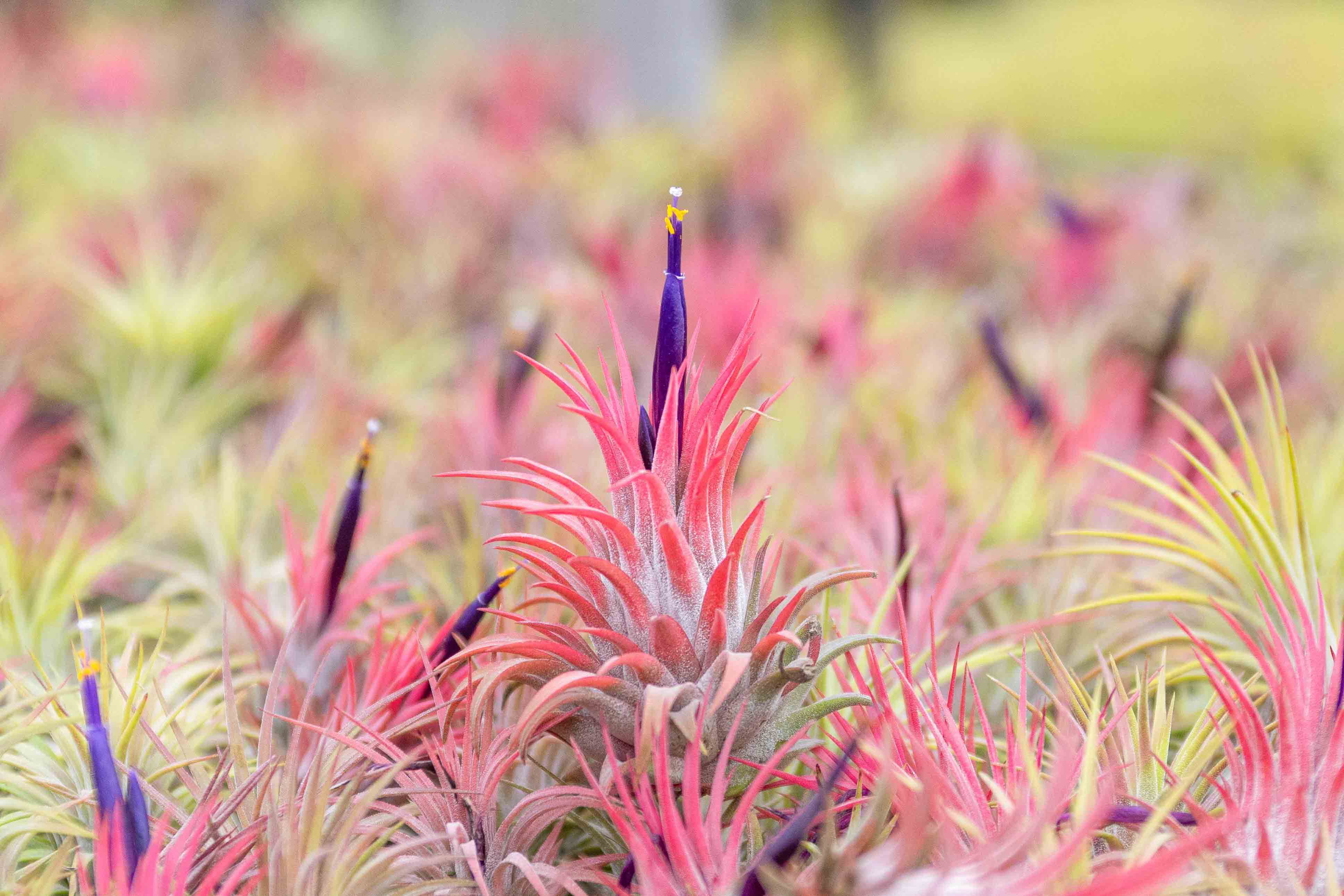


Leave a comment